Life
Sign up for our newsletter
We summarize the week's scientific breakthroughs every Thursday.
-
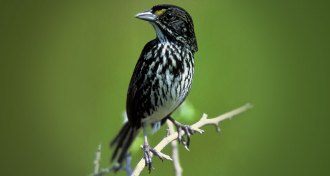 Animals
Animals50 years ago, scientists warned of a sparrow’s extinction
Only 17 dusky seaside sparrows remained in 1968. Today, there are none.
-
 Animals
AnimalsGreen blood in lizards probably evolved four times
Pigment buildups that would cause jaundice in people are normal for some New Guinea skinks.
By Susan Milius -
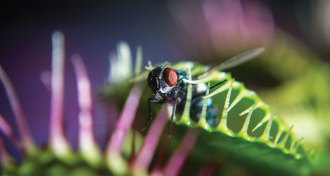 Plants
PlantsMeet the speedsters of the plant world
Researchers have recently uncovered a diverse array of mechanisms that allow plants to move — often faster than the blink of an eye.
By Dan Garisto -
 Science & Society
Science & SocietyWe’ve got the genes for science journalism
Editor in Chief Nancy Shute discusses how genetic testing might not be reliable enough for people to plan for the future.
By Nancy Shute -
 Animals
AnimalsReaders amazed by Jupiter discoveries, giant viruses and more
Readers had questions about the latest findings of Jupiter, giant viruses being recognized as a new kingdom of life and tardigrade poop.
-
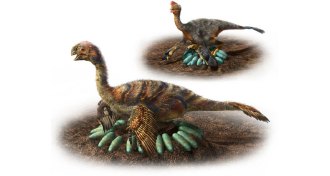 Paleontology
PaleontologyHere’s how hefty dinosaurs sat on their eggs without crushing them
Some heavier dinos had a strategy to keep eggs warm without crushing them: sit in an opening in the middle of the clutch instead of on top of them.
-
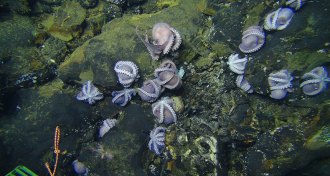 Animals
AnimalsHow a deep-sea geology trip led researchers to a doomed octopus nursery
A healthy population of cephalopods could be hiding nearby, though, a new study contends.
-
 Animals
AnimalsWith a little convincing, rats can detect tuberculosis
TB-sniffing rats prove more accurate in detecting infection, especially in children, than the most commonly used diagnostic tool.
By Yao-Hua Law -
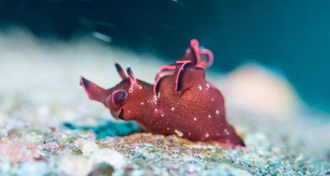 Neuroscience
NeuroscienceRNA injected from one sea slug into another may transfer memories
Long-term memories might be encoded in RNA, a controversial study in sea slugs suggests.
-
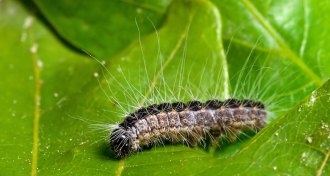 Animals
AnimalsThese caterpillars march. They fluff. They scare London.
Oak processionary moths have invaded England and threatened the pleasure of spring breezes.
By Susan Milius and Aimee Cunningham -
 Animals
AnimalsA deadly frog-killing fungus probably originated in East Asia
The disastrous form of Bd chytrid fungus could have popped up just 50 to 120 years ago.
By Susan Milius -
 Life
LifeThere’s a genetic explanation for why warmer nests turn turtles female
Scientists have found a temperature-responsive gene that controls young turtles’ sex fate.